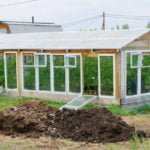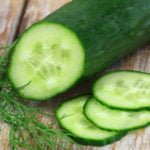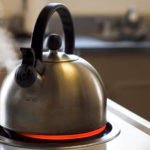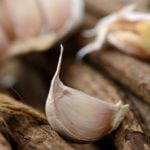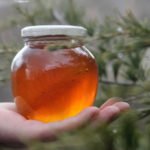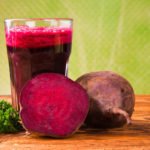Lower back pain is a frequent companion of suburban life. Gardening, small daily repairs at home – and now it’s hard for you to straighten up, and rest turns into torture.
Indeed, the vast majority of back pain is associated with problems of the musculoskeletal system. But it should be remembered that there are other diseases, the symptom of which may be lower back pain. This is important because the treatment will be different, and its absence can lead to disastrous consequences.
Why lower back pain: possible causes
Let’s see why the lower back can hurt. Most often, lower back pain signals that you have:
- lower back pain and neuralgia;
- kidney disease;
- pancreatitis is in the stage of exacerbation.
Let’s look at each of the possible reasons in more detail.
Kidney disease as a cause of lower back pain
Lower back pain can occur with various kidney diseases:
- glomerulonephritis is an infectious kidney disease;
- pyelonephritis – purulent inflammation in the renal pelvis;
- formation and movement of kidney and ureter stones.
Often, hypothermia, a cold or a diet contributes to kidney disease; it is easy to confuse a torn lower back with kidney problems. However, there are symptoms characteristic of this type of disease:
- pain is not associated with movement and physical activity;
- body temperature often rises more than 37.5 degrees ( 99.5°F);
- light tapping with the edge of the palm in the kidney area causes severe pain;
- there are problems with urination – frequent or too rare, painful;
- urine becomes cloudy, changes color.

When a person has kidney pain, first of all it is necessary to call a doctor. This organ performs too important a function in the body to put it at risk. While the doctor is coming to you, try to ease the patient’s condition.
What you can do:
- to lay the patient down or help him to take a comfortable position;
- in the presence of temperature – give antipyretic;
- give the patient an antispasmodic;
- control pressure, temperature;
- provide assistance if necessary, if a person needs to turn around.
It is often written that those who have kidney diseases will be helped by warm compresses or a warm bath. Remember! It is absolutely impossible to do warming procedures! If the pain is caused by pyelonephritis, warming up will only worsen the situation, as the inflammation from the heat increases.
All further actions can be prescribed only by a doctor after a professional examination.
Back pain in pancreatitis
A characteristic symptom of pancreatitis is shingling pain, which begins under the ribs on the left. Then it spreads to the abdomen and back, forming a ring. Another sign of pancreatitis may be pain in the navel area. With atypical forms of the disease, back pain is frequent, slightly above the lower back — they are usually mistaken for anything other than a symptom of pancreatitis.
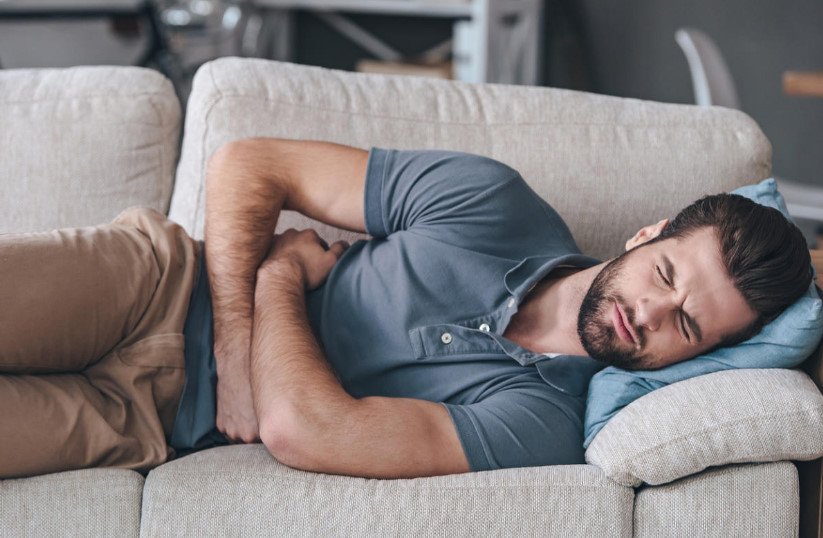
First aid for pancreatitis includes:
- hunger (the patient is absolutely not allowed to eat before the examination );
- comfortable position (help the person to accept it), peace and comfort;
- moderate drinking (give a little plain water);
- condition monitoring (do not leave the patient alone).
There are body positions that help reduce pain: knee-elbow pose and embryo pose.
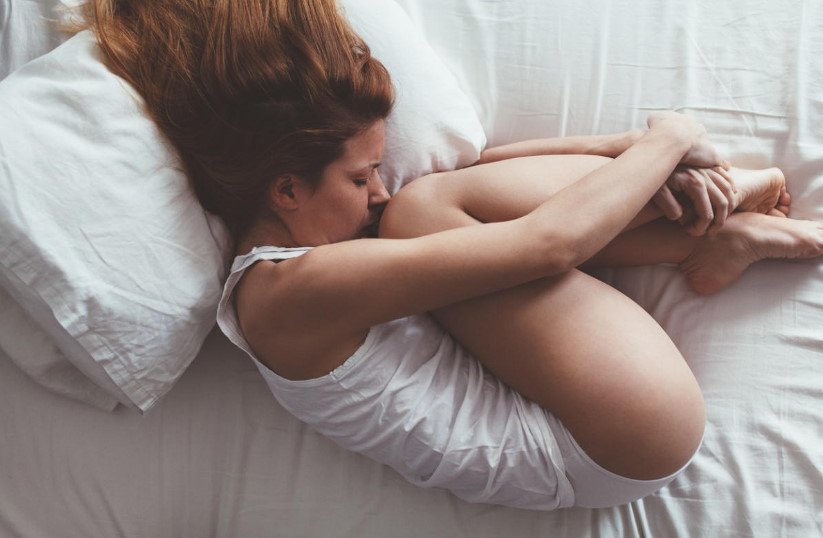
Lower back pain due to degenerative disc disease
Osteochondrosis is a disease of the articular cartilage connecting the vertebrae. Due to their pathology, the roots of the spinal cord are pinched, which is the cause of pain. Anyone over the age of 30 is at risk for osteochondrosis, and recently this diagnosis is often found in adolescents and very young people.
The main reason for an attack of back pain is lifting weights, prolonged work in an uncomfortable position (for example, weeding or gardening). The development of osteochondrosis is provoked by long trips on the roads when a person is constantly in a sitting position.
This lower back pain can overtake almost everyone. You will be able to recognize osteochondrosis by the following symptoms:
- the lower back hurts, the pain gives to the leg;
- pain increases with movement, change of position, load;
- there may be burning or shooting pains – “back pain”;
- after a long stay in one position, it is difficult and painful to change the pose;
- the sensitivity of the legs and buttocks decreases, a feeling of “goosebumps” appears;
- my feet are freezing, I’m sweating.
With osteochondrosis, there is no temperature.
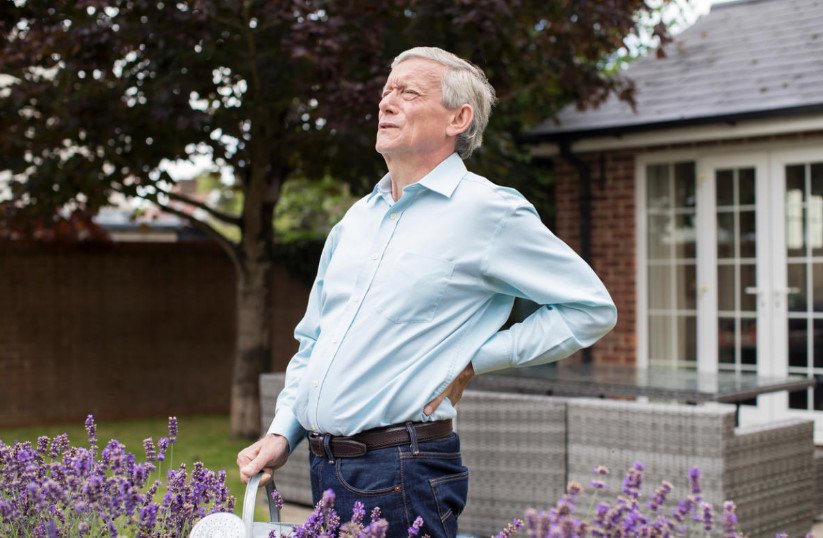
If you are completely sure that it’s about the spine, the following measures will help a person:
- a woolen belt or a woolen shawl on the lumbar region;
- lie on a hard surface: a board, a table, a hard mattress;
- taking nonsteroidal anti-inflammatory drugs;
- local anti-inflammatory ointments.
It is important to remember: painkillers should not be taken on an empty stomach. They irritate the mucous membrane and can cause gastritis or ulcers. If you are not sure about the diagnosis, consult a doctor – taking anti-inflammatory drugs for stomach or pancreatic problems can worsen the situation.
What not to do
In no case do not try to “straighten” your back – this can increase the pain and even harm your back.
In case of exacerbation of osteochondrosis, warming procedures are not recommended. In no case should you take a hot bath or bathe in the tub. After warming up, a person will feel temporary relief, then the pain will increase significantly.
If such pains bother you often, you should do an MRI (a picture of the lumbar spine) and consult a neurologist.
Important! If after taking anti-inflammatory drugs you feel relief or complete disappearance of pain, you should not resume physical activity. The patient needs rest – up to bed rest – for some time.
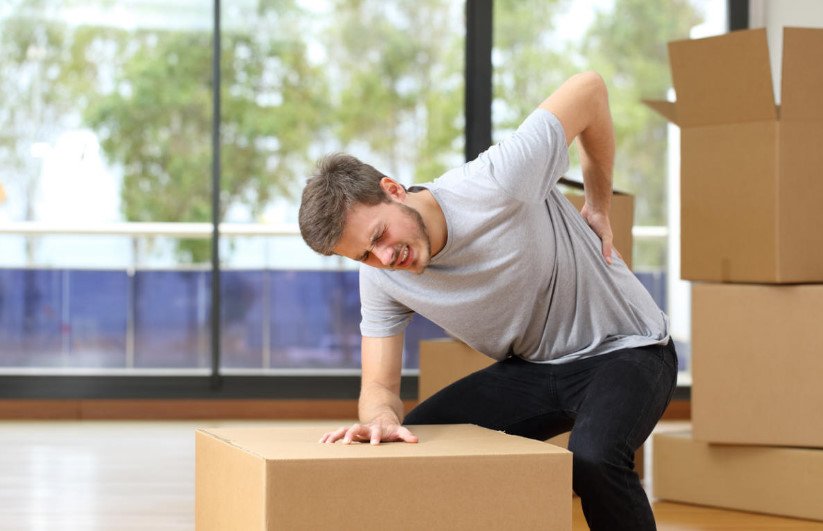
How to relieve pain if it’s neuralgia
Neuralgia is an inflammation of the nerve. Neurological symptoms of lumbar pain are similar to the symptoms of osteochondrosis: the back reacts to movement in cases when it is afraid to move. But there are certain points:
- the pain spreads along the inflamed nerve;
- the nature of the pain is “twitching”, it can subside and suddenly appear even at rest;
- skin color and sweating may change, muscle tremors appear;
- with pressure on the back, pain occurs on both sides of the spine.
It is difficult to cure neuralgic pain, but it is necessary to try to relieve it. Help the sick:
- analgesic anti-inflammatory drugs;
- medications that relieve spasm;
- complete rest.
In case of severe neuralgic pain, it is better to hospitalize the patient.
Remember! Using drugs without consulting a doctor and examination, you can put your health at risk.

